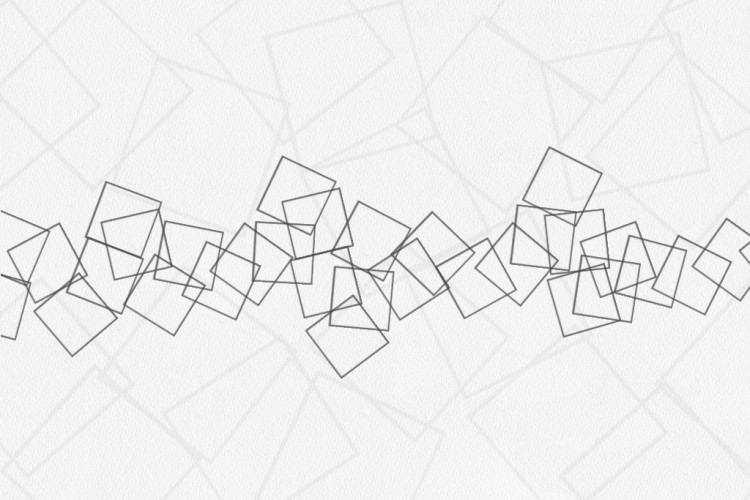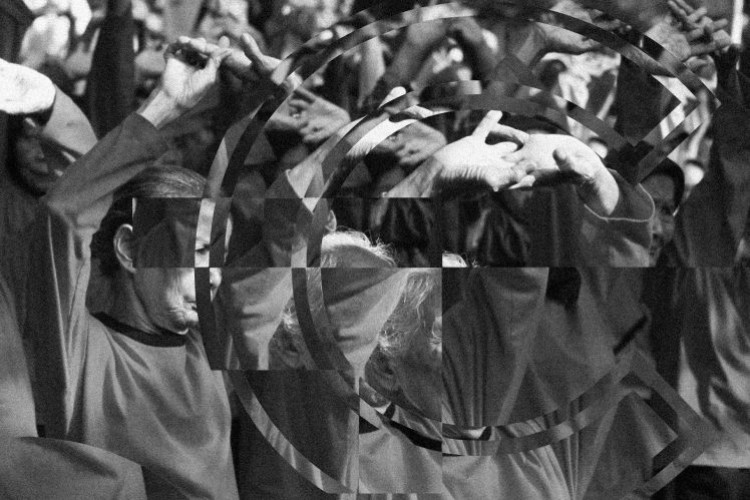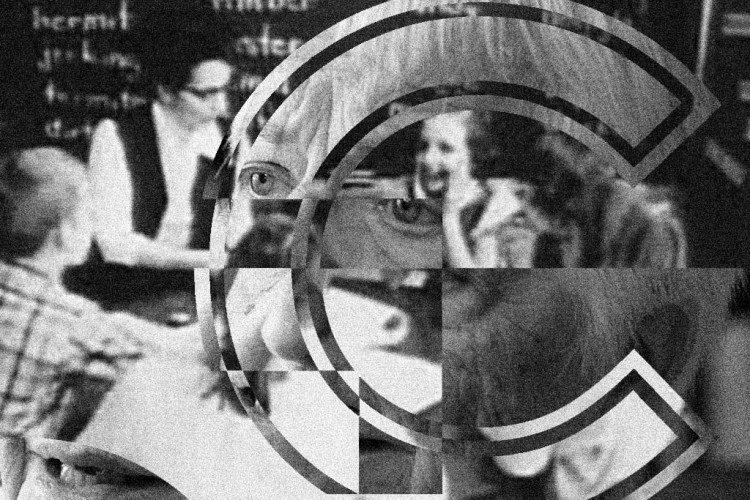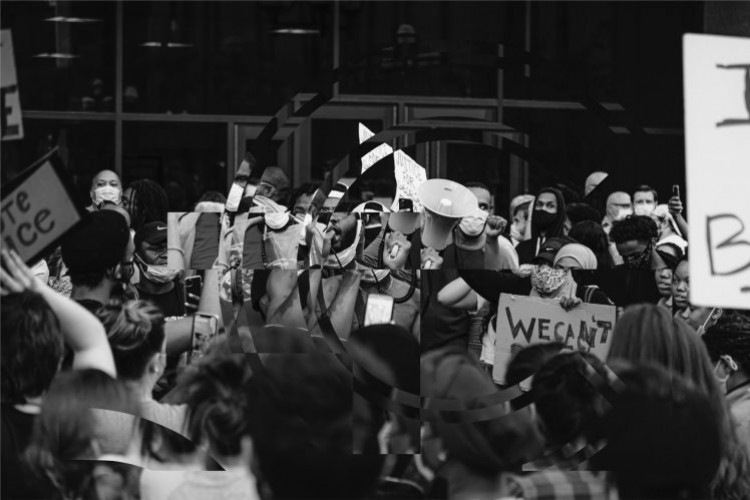We Need More Theory
Pushing for a theoretical approach in our design curicullum.

I know what you’re thinking. In a city so filled with pressing problems, why the hell do we need more theory? Don’t we need practitioners more, people who push for actions rather than debates over tricky ideologies? I’m all for practical solutions, but I still believe that without theoretical underpinnings, actions will only proceed blindly.
Let me put this in the context of art education in Jakarta universities. For the last year and a half, I’ve been lecturing at the art and design faculties in private universities around town. I’m passionate about academic life and lecturing is a profession I’ve geared myself towards doing, but as you can imagine, doing this in Jakarta has important drawbacks that often leave lecturers frustrated.
My frustration, at least, stems from the prospect of creating creative people with exceptional practical skills, but remain blind to essential questions like, “Is what I’m doing really ‘new’?” “How will people do this in the future?” “Why do I like drawing one object and not the other?” “Why do I like one artist and not the other?” In a higher education setting, the place where questions like these get taken apart are in theory-based classes. Hence, I think, the need for more theory.
Of course, theories without concrete implementation are nothing more than dead ideas. But let’s not forget, theoretical knowledge enriches creative practices and help us push our boundaries in unexpected ways.
Despite its status as a capital city, Jakarta only has two universities that offer fine art programmes. In the ‘90s design faculties grew in popularity, making it the places to go to for young people who are interested in studying creative fields within an academic setting. These design faculties become the other options for prospective students with an interest in the arts. And sure, the opportunities they bring are manifold, but here’s the catch: these courses prepare their graduates to become specialised agents for the creative industry, where the cultivation of creativity always encounters factors such as client’s wants and target markets.
The thing is with the current educational system in Indonesia, universities have the tendency to create graduates who are ready to join the workforce as soon they leave campus. They make it their ultimate goal to prepare graduates for the current realities of the industry. But what happens when existing industries dry up? Isn’t it better to prepare graduates for creating new fields instead, rather than moulding them according to fields that are already there?
Let’s think about this idea about the “cultivation of creativity”, especially the role of theoretical courses. I’ve been teaching classses in Aesthetics, Art History and Graphic Design History, and one thing that the different universities where I’ve been teaching have in common is this: they simply do not provide enough theory-based courses.
From my experience, every Visual Communication Design departments in Jakarta universities have at least 1 course in Art History and Aesthetics. When these courses are taught right, students will learn about the changing definitions of art, its differing functions and potentials, its relation to larger socio-cultural contexts, what grounds we have to appreciate art, or whether we should appreciate it at all.
Here, they will learn about about past creative practices in order to situate their own practices in the present, so that they can imagine what the future could be like. It should be the opportunity for them to learn that most of the time – much like life itself – there are no “right answers”, and that what matters more is the the reasoning that gets them to the answer they want to defend, whatever it may be.
The best theory classes demand students to question who they are and why they choose to do what they do – in relation, of course, to their creative practice. Needless to say, in terms of “cultivating creativity” higher education cannot rely on practice-based courses alone. Theoretical courses will always remain a necessity if we want to breed a creative generation who are able to look at themselves and their surroundings with a critical eye.
Now, consider that 1 course runs for 16 sessions and that the actual degree takes at least 3 years to complete. These simple numbers show that the amount of theoretical knowledge that the students receive is already at a bare minimum. In one university, Aesthetics has been taken out of the curricullum altogether. As theory-based classes diminish, the opportunity for students to gain the skills needed to think critically – not only about their own practice but also about the world that surrounds it – also diminishes. Which is to say, with the lack of properly-run theoretical programmes, students are at stake.
Take this, then, as a plea to the art and design faculties at private universities in Jakarta. Compared to state universities, it goes without saying that these private higher education institutions have a lot more freedom to decide their pedagogic directions. Let’s not continue creating “blind” practitioners. Let’s not carry on making a big deal out of creating graduates who are ready to enter the workforce. Let’s work instead on prepping them to creatively set up paths that have never existed before. Paths that are of their own making, rather than ones made by previous generations.
In a world where everything changes at an ever-faster speed, industries come and go in the blink of an eye. We don’t need anymore graduates competing to enter a race that they didn’t even create. We don’t need anymore screws working as part of anonymous machines. Instead, we need creative minds who are able to imagine how things could be otherwise. And to do this, let’s start with introducing more theory-based courses in our art and design curricullum. A giant leap, no doubt, that will bear gigantic impacts.











